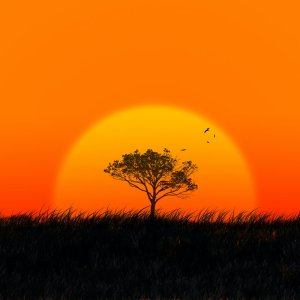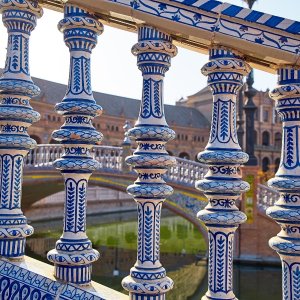Many of history's great inventions first appeared in science fiction stories. In 1935, the writer Stanley G. Weinbaum published Pygmalion's Glasses, a novel about the invention of Professor Albert Ludwig. It is about glasses that, through a system of holographic recordings accompanied by sensations such as smell, taste and touch, make it possible to enjoy a real experience.
Almost a hundred years later, virtual reality (VR) glasses are no longer science fiction, but an integrated technology in our society. But what is their main application? Undoubtedly, there is one sector that is benefiting more and more from this technology: tourism.
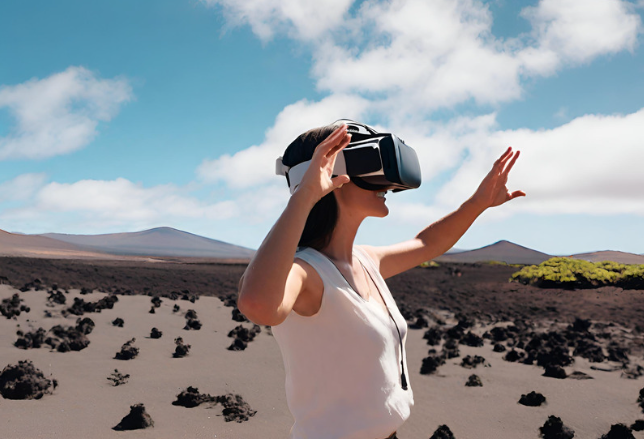
Let us transport ourselves for a moment to Jameos del Agua, one of the most emblematic places on the island of Lanzarote. It is a natural space that originated inside a volcanic tunnel. In 1977, the artist César Manrique transformed it into a unique work that combines art and nature, enhancing its beauty.
Every year, thousands of tourists wander through the nooks and crannies of this space, going up and down various staircases. Its attraction is undeniable, but it has one limitation: it is not accessible to people with reduced mobility, nor can it be modified to facilitate this access. What can we do to help them get to know the place? Virtual reality is a good alternative. In fact, the Jameos del Agua is home to La Casa de los Volcanes, a museum that already offers a virtual reality experience.
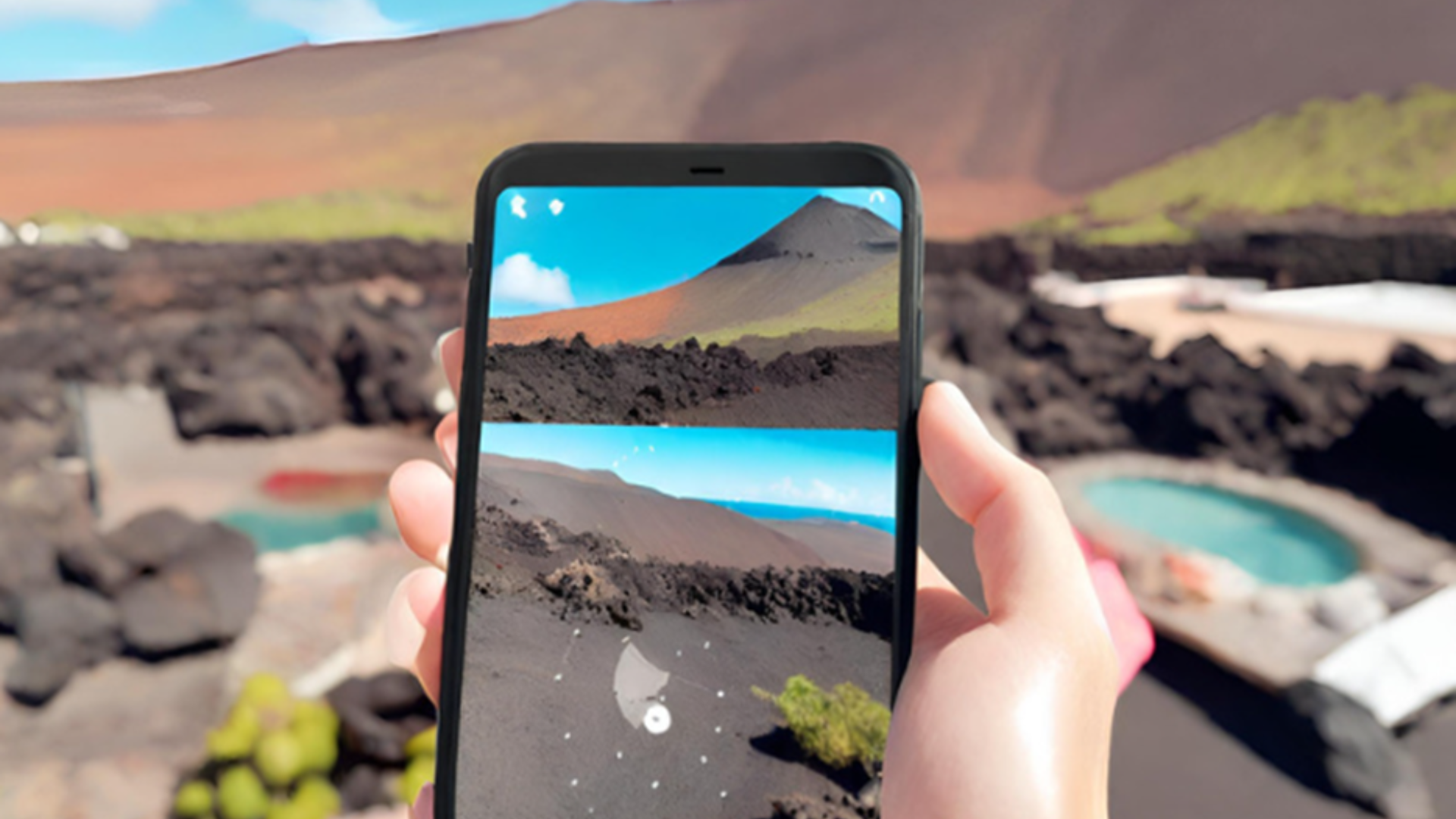
VR and similar technologies are revolutionising tourism, from the way destinations are advertised to the sustainability of experiences. Through the goggles, we can experience protected, dangerous or no longer existing tourist sites. The idea is not to replace travel, but to improve it when it has limitations.
According to José Duarte, director of a new technology association called Toshigame, it is destinations such as Lanzarote that can benefit most from VR:
"Lanzarote is a protected, limited territory, where demographic and tourist growth is palpable. We cannot allow millions of tourists to go wherever they want in protected areas, nor can we allow them to have to wait in unbearable queues at tourist sites. We have to provide technological alternatives in order to find a balance".
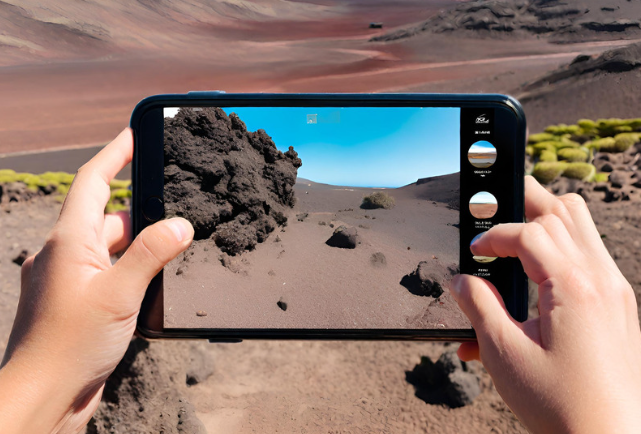
In addition, Duarte insists that technological development should not be confined to the tourism sector and that it is time for it to be extended to education. "New technologies are necessary for the sustainability of the education system, because they allow access to resources from home and reduce the use of stationery, which is very polluting.
VR and augmented reality bring students closer to places of interest that would be unfeasible in person. In one week they could explore the architectural brilliance of the Pantheon and the Taj Mahal in an interactive way. Or, using a mobile phone, the student could watch a volcano erupt on the teacher's desk.
However, if these new technologies have not yet been integrated as well in education as in tourism, it is because there are economic, bureaucratic and teacher training limitations. As Duarte explains:
"The first step we have on the table is teacher training. We want them to understand how technology can benefit students and have a positive impact on sustainability, which is very important in a place like Lanzarote.
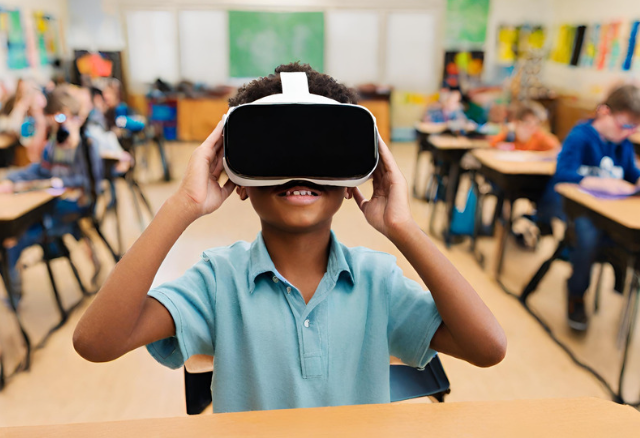
People want to avoid new technologies so much that they forget that the best way to make good use of them is to bring them into the educational sphere, to teach them how to use them. This is true for both pupils and parents, because there are parents who do not know how to educate their children in the use of technology.
One of the biggest complaints we encounter is that pupils are on their mobile phones all day long. Indeed, the mobile phone is a problem, but why not use it for educational purposes? For them, the mobile phone is what the notebook was for us. We can't deny them their reality".












